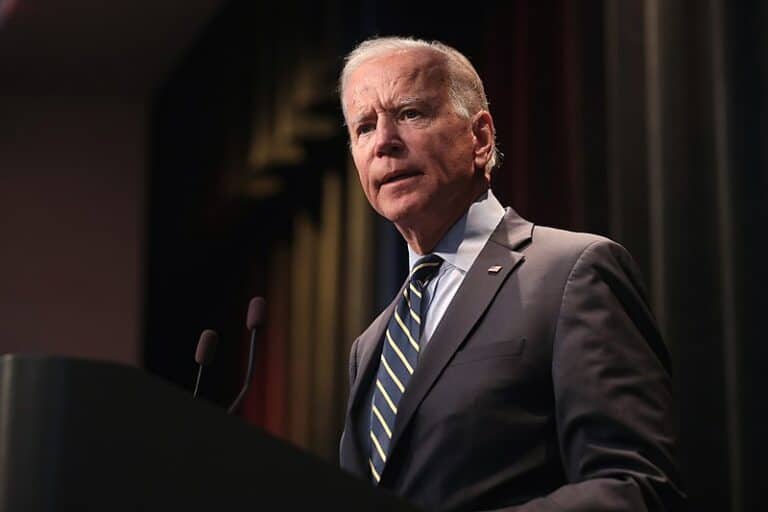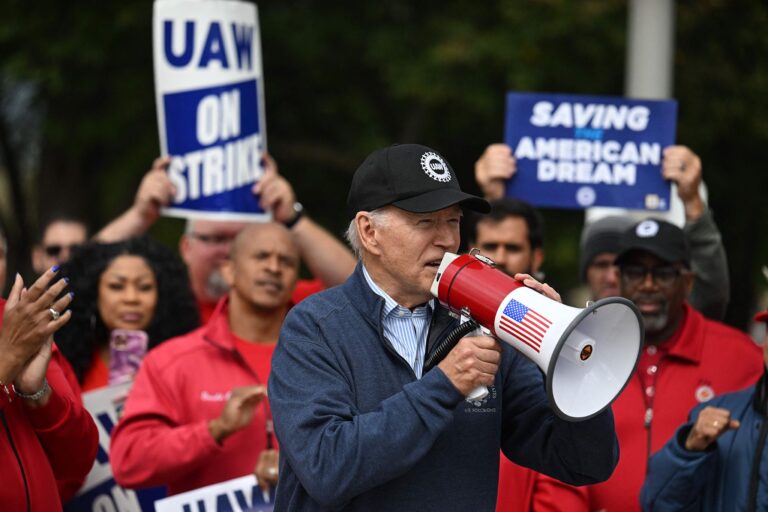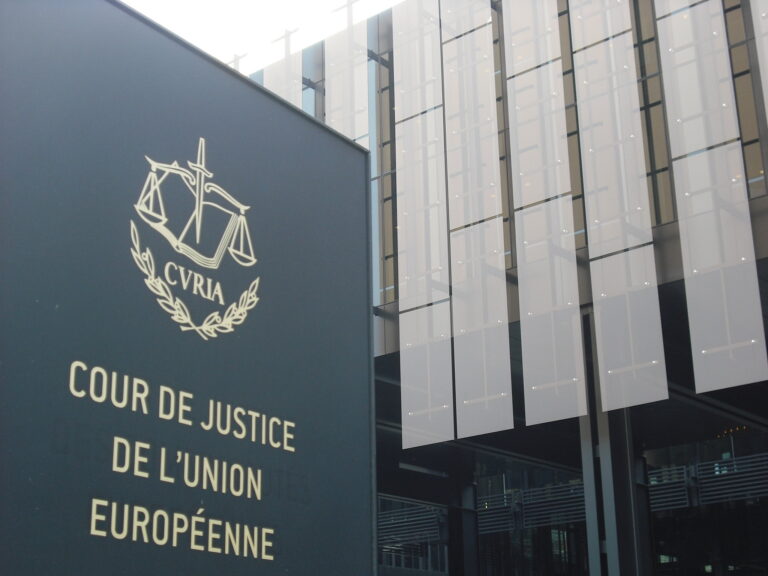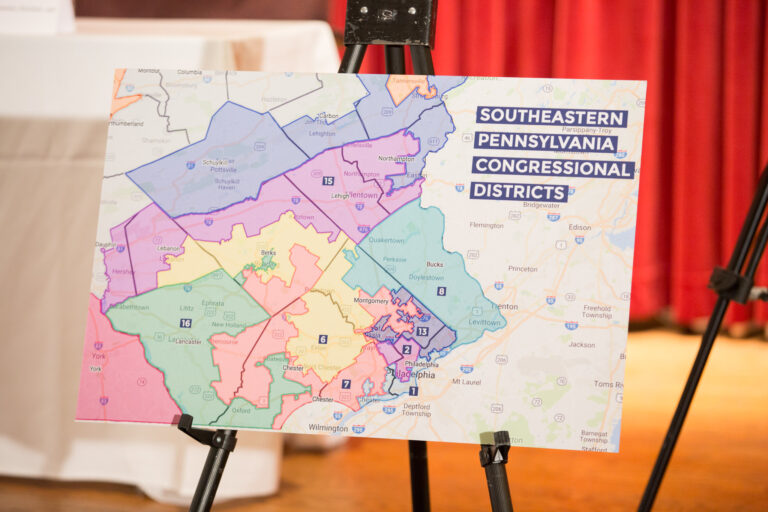
Chinmay G. Pandit is the Digital Director of OnLabor and a student at Harvard Law School.
Public pension funds and other institutional investors rejoiced earlier this week after President Biden signed a landmark executive order directing federal agencies to conduct a comprehensive review of digital currencies, with the ultimate goal of building a clear, durable, and conducive regulatory framework for the roughly $2 trillion industry.
The executive order, which represents the first time that the White House has formally weighed in on cryptocurrency, instructed the Department of Labor, Treasury Department, Securities and Exchange Commission, and other financial agencies to collectively evaluate the risks and opportunities of digital assets. The agencies have also been tasked with using their findings to propose policies that promote a more stable and secure market for consumers, investors, and businesses.
Many experts view the executive order as an “unmitigated positive signal” that cryptocurrencies are here to stay, a surprising tenor from a Biden administration that had instead been expected to crack down on the nascent cryptocurrency industry. Rather, the directive has legitimized digital assets by aiming to install proper safeguards to protect current and prospective participants in the crypto boom. As a result, the price of Bitcoin jumped nearly 9% overnight in response to President Biden’s statement.
In particular, the announcement signals a meaningful victory for institutional investors hoping to share in cryptocurrencies’ upside potential. As discussed in a recent OnLabor post, public pension funds — the traditionally circumspect stewards of public-employee retirement accounts — have just begun to venture into the cryptocurrency arena. This decision was motivated by the realization that cryptocurrency offers a potentially lucrative path for pension funds to generate more profit and meet their ballooning retiree obligations, which have nearly doubled in the past 10 years. Unfortunately, the asset’s volatility and lack of regulatory protections have rendered cryptocurrencies a decidedly risky solution, with an alarming amount of fraud and theft currently miring the underdeveloped market.
Now, however, pension funds should feel more confident in their risk-reward assessment of crypto investing. Though it is too early to speculate which individual policies will come out of the forthcoming six-month study, pension funds fall squarely within the executive order’s first focus area — “consumer and investor protection” — and should expect to have their voices heard by the Department of Labor.
For additional context, operating in the background of the executive order is the concern that international jurisdictions may adopt more favorable regulatory frameworks more quickly than the United States does, thereby attracting businesses that use digital currencies and undermining American competitiveness. Recognizing the “explosive growth” of cryptocurrency trading — illustrated by the fact that even the slow-moving pension funds are wading into the space — the Biden administration has felt pressure to mitigate the dangers of today’s Wild West governance landscape and establish a safer marketplace within which consumers and investors can confidently transact.
As one insider described, this directive is merely a “starting gun” of a race, with several more cryptocurrency-related developments and guidelines expected to follow from the Biden administration. Until then, though, public pension funds must be thankful that such a race is taking place at all.









Daily News & Commentary
Start your day with our roundup of the latest labor developments. See all
December 19
Labor law professors file an amici curiae and the NLRB regains quorum.
December 18
New Jersey adopts disparate impact rules; Teamsters oppose railroad merger; court pauses more shutdown layoffs.
December 17
The TSA suspends a labor union representing 47,000 officers for a second time; the Trump administration seeks to recruit over 1,000 artificial intelligence experts to the federal workforce; and the New York Times reports on the tumultuous changes that U.S. labor relations has seen over the past year.
December 16
Second Circuit affirms dismissal of former collegiate athletes’ antitrust suit; UPS will invest $120 million in truck-unloading robots; Sharon Block argues there are reasons for optimism about labor’s future.
December 15
Advocating a private right of action for the NLRA, 11th Circuit criticizes McDonnell Douglas, Congress considers amending WARN Act.
December 12
OH vetoes bill weakening child labor protections; UT repeals public-sector bargaining ban; SCOTUS takes up case on post-arbitration award jurisdiction